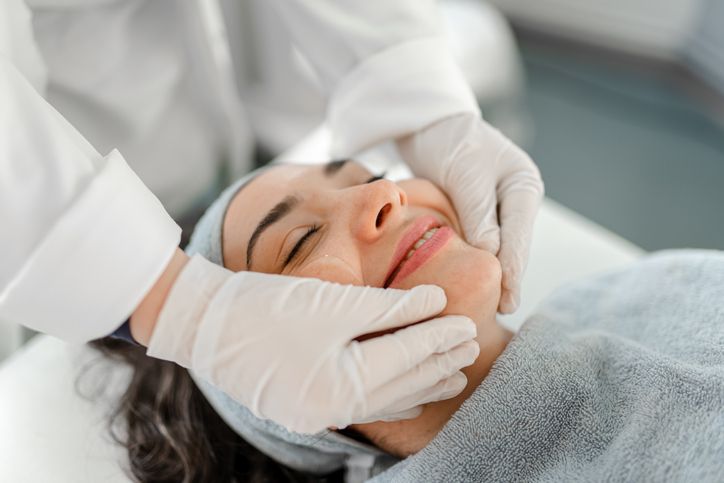Selecting Non-Comedogenic Products for Clearer Skin
As a beautician, understanding the importance of selecting non-comedogenic products is crucial to providing your clients with effective skincare solutions. In today's world, where skincare has become a booming industry, knowing how to decipher product labels and choose the right products can set you apart as a skincare expert.

Why Non-Comedogenic Products Matter
Non-comedogenic products are designed to prevent the blockage of pores, which is a common cause of skin issues such as acne, blackheads, and whiteheads. For those with oily or acne-prone skin, recommending non-comedogenic products can significantly improve their skins condition. By avoiding ingredients that clog pores, these products help maintain a clearer complexion.
Understanding the Science Behind Comedogenicity
The term comedogenic refers to the likelihood of a substance to cause comedones, or clogged pores. Ingredients are often rated on a scale from 0 to 5, where 0 indicates an unlikely chance of clogging pores, and 5 indicates a high likelihood. Non-comedogenic products typically contain ingredients with a low rating on this scale.
Ingredients to Look for in Non-Comedogenic Products
When selecting products, look for those that contain ingredients like glycerin, hyaluronic acid, or salicylic acid, which are known for being gentle and non-clogging. Additionally, be cautious of natural oils; while some, like jojoba and sunflower oil, are generally safe, others like coconut oil can be comedogenic.
How to Educate Your Clients on Product Selection
As a beautician, part of your role is to educate your clients. Explain the importance of non-comedogenic products and guide them to choose appropriate skincare items for their specific skin types. Encourage them to read labels carefully and opt for products labeled as non-comedogenic or designed for oily/acne-prone skin. For more insight, you might want to introduce them to practices like managing sweat which can also prevent many skin issues.
Decoding Labels: What to Avoid
Not all products labeled non-comedogenic are guaranteed to be suitable for every skin type. Its essential to cross-reference the ingredients list. Steer clear of products that list ingredients like lanolin, isopropyl myristate, or cocoa butter near the top of their ingredient lists, as these are known to be pore-clogging.
For more details about skin-related concerns such as folliculitis, visit trusted sources like MSD Manuals.
Integrating Non-Comedogenic Products in Treatments
Whether its facial treatments or daily skincare routines, integrating non-comedogenic products can enhance the effectiveness of your services. Always keep an updated inventory of non-comedogenic moisturizers, cleansers, and makeup products to ensure every facial service is beneficial and avoids causing breakouts.
A Step Ahead in the Beauty Industry
Staying informed and ahead in the ever-evolving beauty industry is essential. Embracing non-comedogenic products not only benefits the skin health of your clients but also positions you as a knowledgeable and trusted expert in skincare.

FAQs
What does non-comedogenic mean?
Non-comedogenic refers to products formulated to avoid clogging pores. This is essential for preventing acne and maintaining clear skin.
Can non-comedogenic products benefit all skin types?
Yes, while they are particularly beneficial for oily or acne-prone skin, non-comedogenic products are generally safe for all skin types because they focus on non-blockage of pores.
How often should clients use non-comedogenic products?
It is recommended for clients to incorporate non-comedogenic products into their daily skincare routine to consistently prevent clogged pores and maintain clear skin.

